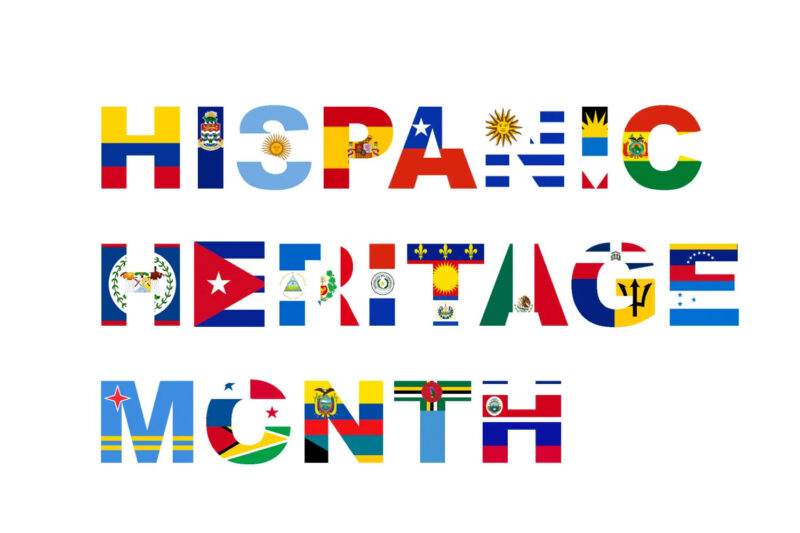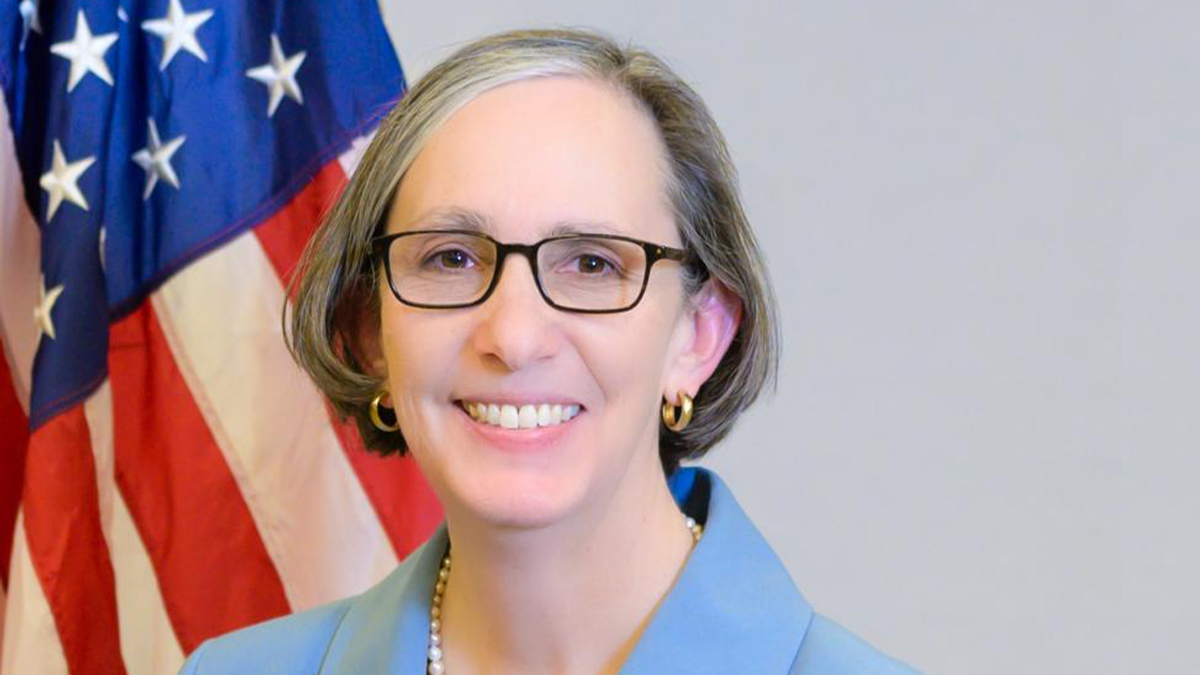Kimryn Rathmell, Director of the National Cancer Institute, shared a post on X celebrating the occasion:
“As we celebrate Hispanic Heritage Month, we recognize the vibrant cultural and scientific contributions of the Hispanic/Latino community.
It’s also a time to address ongoing disparities in cancer.
We’re working together to bridge these gaps and strive for equity.”
What is Hispanic Heritage Month?
Hispanic Heritage Month is an annual celebration in the United States that recognizes the contributions, history, and culture of Hispanic and Latino Americans. It is celebrated from September 15 to October 15. The dates were chosen to coincide with the independence days of several Latin American countries:
- September 15: Costa Rica, El Salvador, Guatemala, Honduras, and Nicaragua
- September 16: Mexico
- September 18: Chile
- September 21: Belize
The month also overlaps with Día de la Raza, a holiday celebrated in many Latin American countries.

Photo taken from skylineschools.com
Cancer Incidence
- Overall Rates: Hispanic individuals generally have lower overall cancer incidence rates compared to non-Hispanic whites. However, certain cancers show higher rates among Hispanics:
- Cervical Cancer: Hispanic women have a significantly higher incidence of cervical cancer, with rates approximately 32% higher than their non-Hispanic white counterparts.
- Liver and Stomach Cancer: These cancers are notably more prevalent in Hispanic populations, with rates nearly double those of non-Hispanic whites.
Survival Rates
Five-Year Relative Survival: The five-year relative survival rates for Hispanic patients can vary by cancer type. In some cases, Hispanics exhibit similar or even higher survival rates compared to non-Hispanic whites despite having lower socioeconomic status. This phenomenon is sometimes referred to as the “Hispanic paradox.”
Drivers of Cancer Disparities in Hispanic Communities
Cancer disparities among Hispanic and Latino populations stem from various systemic inequities and social determinants of health (SDOH). Key factors include:
- Limited Access to Healthcare: Many Hispanics face inadequate access to quality healthcare, affecting cancer screenings and preventive care
- Language Barriers: Limited English proficiency can hinder effective communication with healthcare providers.
- Lack of Health Insurance: A significant number of Hispanics are uninsured or underinsured, restricting access to necessary medical services.
- Educational Disparities: In 2015, only 67% of Hispanic individuals had a high school education, compared to 93% of non-Hispanic whites, impacting health literacy.
- Employment Conditions: Many lack paid sick leave, making it challenging to attend regular health screenings.
- Higher Prevalence of Risk Factors: Increased rates of obesity, poor diet quality, and lower sun safety practices contribute to a higher cancer risk.
Addressing these issues requires targeted interventions to improve healthcare access and health literacy within Hispanic communities. These barriers can lead to later-stage diagnoses, which negatively impact survival outcomes.

Photo taken from umn.edu
Read more posts from Kimryn Rathmell on OncoDaily.
Dr. Kimryn Rathmell serves as the director of the National Cancer Institute. She is a distinguished leader and researcher in the field of kidney cancer specializing in the research and treatment of complex and hereditary kidney cancers.
She has held leadership positions with organizations such as the American Society of Clinical Oncology and the American Society for Clinical Investigation, she has been elected to esteemed academies including the Association of American Physicians, the American Academy of Arts and Sciences, and the National Academy of Medicine.
